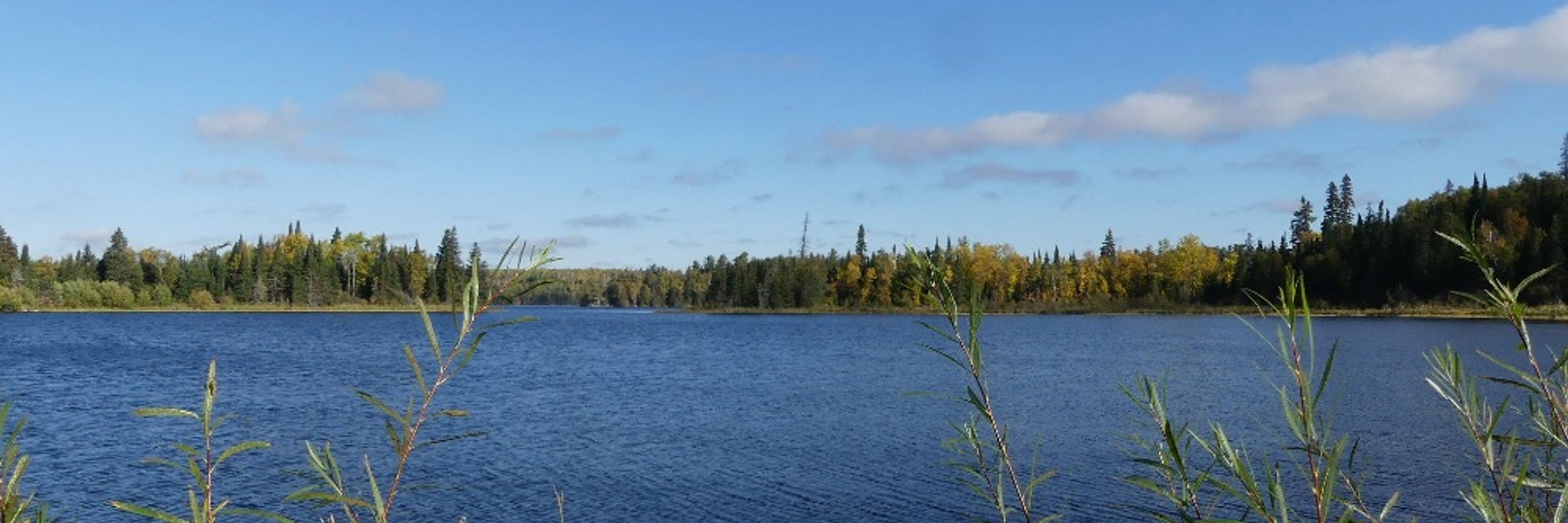
Big thank you to all the collabs who made this project possible! @colingarroway.bsky.social@biomatt.bsky.social@andrewfoote.bsky.social@jeffhigdon.bsky.social, Caila Kucheravy, Stephen Petersen, Aqqalu Rosing-Asvid, Fernando Ugarte, Rune Dietz, Steve Ferguson. 3/3
Both populations appear to be at risk from both inbreeding and harvest. Although these killer whales are threatened, they may also disrupt the Arctic food chain by their increased access to Arctic prey, which presents a complex case for conservation in the Arctic ecosystem. 3/4
Killer whales are moving northward into the Arctic as sea ice melts from a warming climate. Using genetics, we identified 2 highly distinct Canadian Arctic populations with origins from the western and eastern North Atlantic. 2/4

Big thank you to all the collaborators who made this project possible! @colingarroway.bsky.social@andrewfoote.bsky.social@jeffhigdon.bsky.social, Caila Kucheravy, Stephen Petersen, Aqqalu Rosing-Asvid, Fernando Ugarte, Rune Dietz, Steve Ferguson. 3/3
Killer whales are increasingly seen in the Arctic as sea ice melts. We found 2 highly distinct Arctic populations that appear not to interbreed, and are as genetically distinct as ecotypes elsewhere in the species' range, and appear to be at risk from inbreeding and harvest. 2/3

